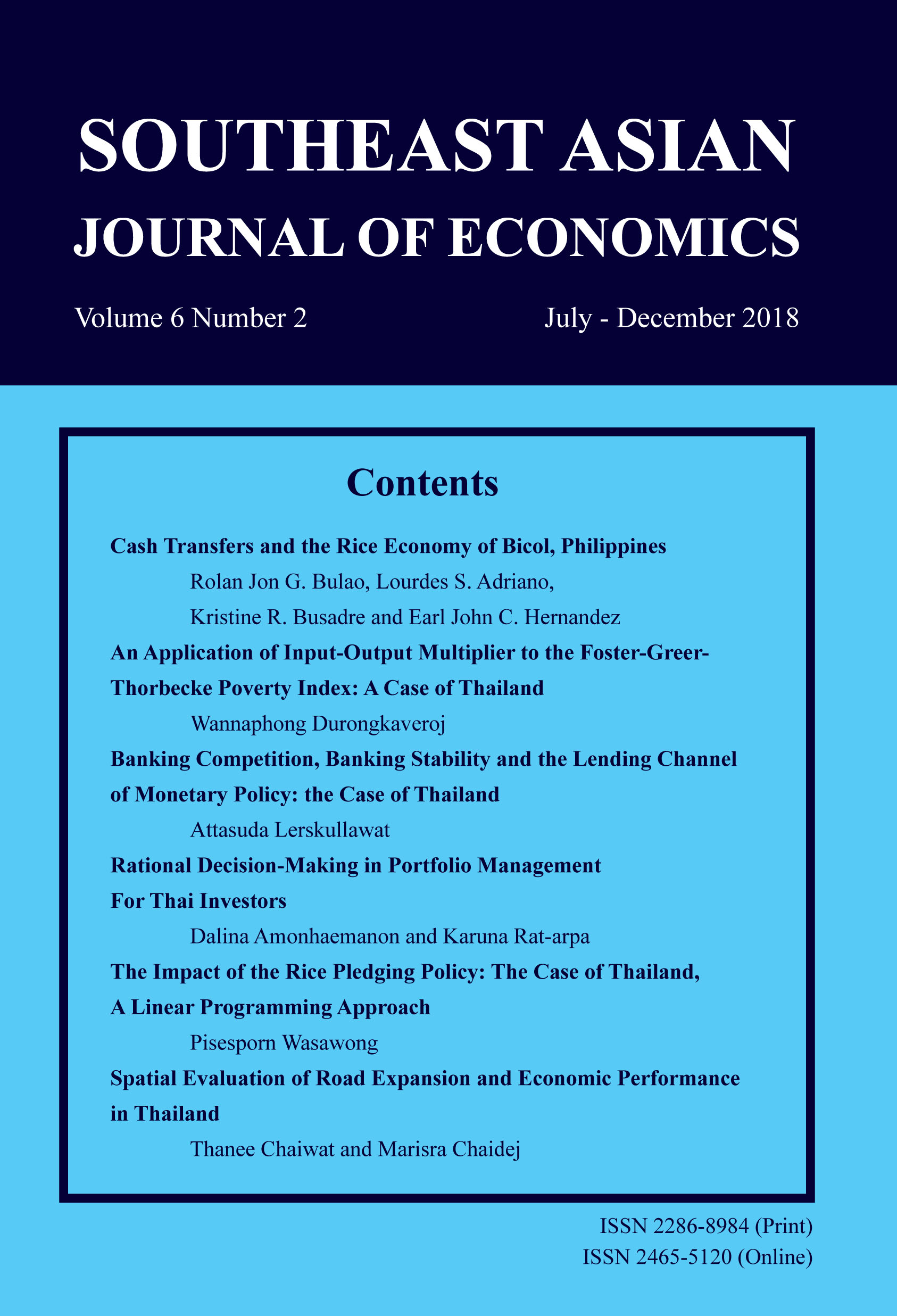The Effect of Trade Openness on Inflation: Panel Data Estimates from Selected Asian Economies (1976-2010)
Keywords:
Inflation, Trade Openness, General to Specific Modelling, Encompassing Approach, Cross-sectional Dependence Tests, Fixed and Random Effect, AsiaAbstract
This study empirically tests for the existence of a significant relationship between inflation and trade openness for selected Asian economies using panel data for the period of 1976 to 2010. The basic objective of this study is to examine Romer’s hypothesis for five South Asian and three South East Asian economies with real agriculture value added, nominal exchange rate, real gross domestic product per capita growth, money and quasi money, real interest rate and trade openness as explanatory variables and inflation rate as a dependent variable. For this purpose, we have applied a general-to-specific modelling approach and selected a general model from many competing models by encompassing principle. The fixed effects and random effects estimation of the specific model shows that there is no relationship between inflation and trade openness, which rejects the existence of Romer’s hypothesis for selected Asian economies.
Downloads
How to Cite
Issue
Section
License
The submission of a manuscript implies that the paper is an original work and has not been published elsewhere. The author(s) authorize the journal to reproduce or distribute the paper in printed or other electronic forms.







